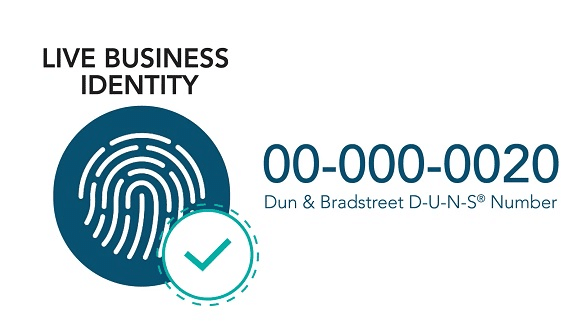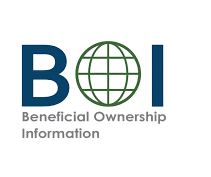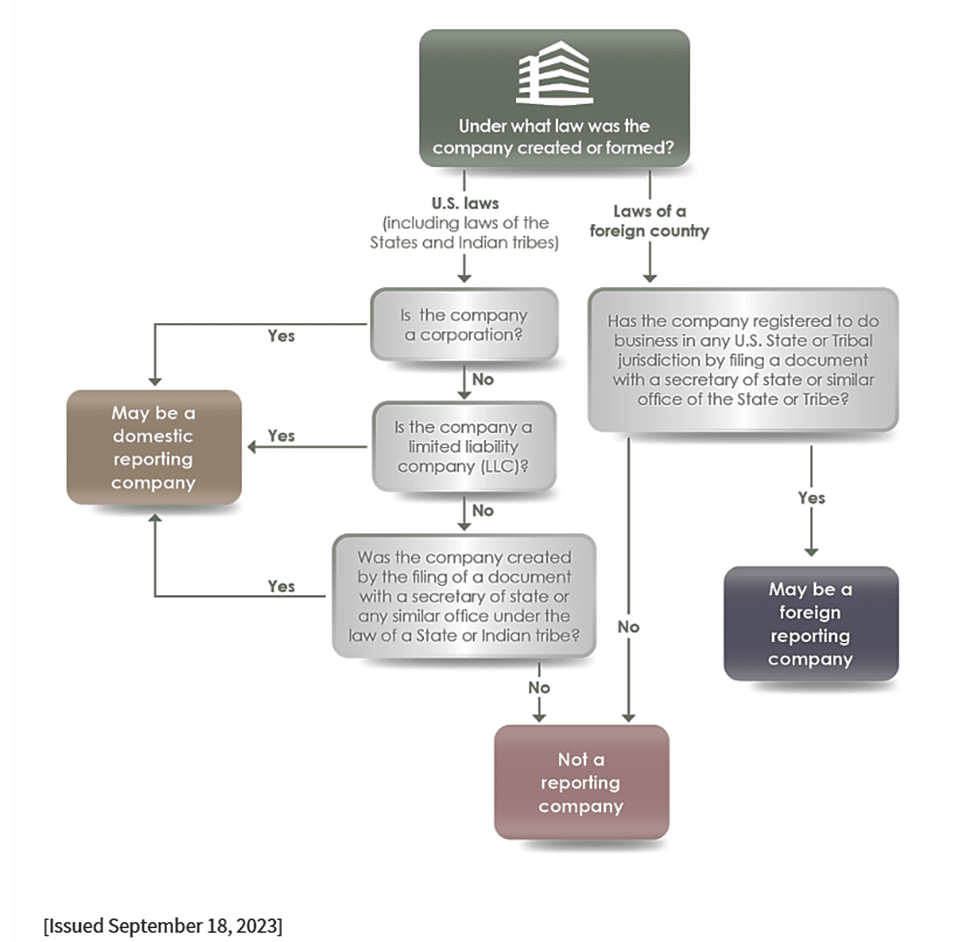Who is the Functional Manager?
The EB-1C visa category allows multinational companies to transfer executives or managers to the U.S., including functional managers who oversee critical organizational functions without direct supervision of employees.
This can be a real boon if want to apply for the EB1-C visa but your position is not an executive one.
According to the USCIS (Chapter 4 - Multinational Executive or Manager), "A petitioning U.S. employer must demonstrate that the beneficiary has been employed for at least one year by a related organization abroad to work in a capacity that is managerial or executive. Managerial capacity includes personnel and function[al] managers while executive capacity focuses on a person's position within an organization."
A functional manager qualifies by managing an essential function (e.g., finance, marketing, or operations) rather than personnel.
What Are Your Chances of Getting An EB1-C Functional Manager Visa?
Functional manager petitions under EB1-C may face lower approval rates due to subjective standards and evidentiary complexities. However, they remain a vital tool for multinational companies transferring specialized leaders, offering speed, flexibility, and alignment with modern organizational models. Success hinges on meticulous documentation that clearly distinguishes strategic management from operational performance, ensuring USCIS recognizes the indispensable nature of the role
According to the USCIS:
A functional manager qualifies by managing an essential function (e.g., finance, marketing, or operations) rather than personnel. Requirements include:
In this context, the definition of the term manager includes function[al] managers. A manager may qualify for multinational manager or executive classification as a function[al] manager if the petitioner can show, among other things, that the beneficiary has and will be primarily managing or directing the management of a function of an organization, even if the beneficiary did not or will not directly supervise any employees.
EB-1C Functional Manager: Key Requirements
A functional manager qualifies by managing an essential function (e.g., finance, marketing, or operations) rather than personnel. Requirements include:
-
Essential Function Management: The role must involve strategic oversight of a core organizational activity, not routine task execution.
-
Senior-Level Authority: The beneficiary must operate at a senior level with discretionary control over daily operations.
-
Documentation: Petitioners must provide organizational charts, job descriptions emphasizing policy development/budgeting, and evidence of the function’s impact on business objectives.
CASE IN POINT
Successful Functional Manager Petition
Financial Planning Director in a Multinational Tech Firm
A director overseeing $500M in mergers and acquisitions successfully qualified by submitting:
Organizational charts showing their role in the C-suite reporting structure.
Board meeting minutes highlighting their influence on investment decisions.
Budget documents proving control over a $20M annual acquisition fund
Let Us Help You Create A Successful EB1-C Functional Manager Business Plan
Contact us today!
Can You Supply the Evidence Required to Show That You Are a Functional Manager?
- Evidence of a Clearly Defined and Essential Function
- Business Plans/Internal Policies: Show the function’s role in achieving organizational goals (e.g., a financial planning team’s impact on mergers and acquisitions).
- Organizational Charts: Illustrate the function’s place within the company hierarchy and its relationship to other departments. For example, a workflow chart might show how a quality assurance manager oversees standards across production teams without direct reports.
- Proof of Managerial (Not Operational) Duties
- Job Descriptions: Specify the percentage of time spent on strategic tasks (e.g., “70% on budget planning, 30% on cross-departmental coordination”) versus hands-on work. Avoid vague terms like “oversee operations."
- Delegation Evidence: Demonstrate that routine tasks are assigned to subordinates or automated systems. For instance, a supply chain manager might delegate inventory tracking to software tools, freeing them for supplier negotiations.
- Seniority and Discretionary Authority
- Budget or Policy Control: Submit documents like approved budgets, signed contracts, or policy memos showing the beneficiary’s authority. A marketing director approving a $2M campaign budget qualifies.
- Hierarchy Comparisons: Compare the role to C-suite positions. A “Head of Remote Work Strategy” might report directly to the CEO, akin to a Chief Operations Officer.
- Impact Metrics
- Performance Reports: Link the function to business outcomes (e.g., “Streamlined compliance processes reduced product launch delays by 30%”).
- Revenue/Cost Data: For a financial planning manager, show how their strategies increased profitability by 15% year-over-year.
- Compliance with the Five-Prong Test
USCIS requires proof that the beneficiary:
- Manages a clearly defined function (e.g., FP&A, not “general operations”).
- Oversees an essential function (e.g., cybersecurity in a tech firm).
- Primarily manages, not performs, the function (e.g., delegating data collection to analysts).
- Acts at a senior level (e.g., approving departmental budgets).
- Exercises discretion (e.g., setting R&D priorities without higher approval).
Example from USCIS Precedent
In Matter of G-Inc., a financial planning director was approved by submitting:
- Organizational charts showing their role in the C-suite.
- Board meeting minutes highlighting their influence on investment decisions.
- Metrics linking their strategies to a 20% reduction in operational costs
Strategic Advantages of the Functional Manager Route
Functional manager petitions under EB1-C face lower approval rates due to subjective standards and evidentiary complexities. However, they remain a vital tool for multinational companies transferring specialized leaders, offering speed, flexibility, and alignment with modern organizational models. Success hinges on meticulous documentation that clearly distinguishes strategic management from operational performance, ensuring USCIS recognizes the indispensable nature of the role.
1. No Direct Reports Required
Functional management accommodates roles in flat or matrixed organizations where traditional hierarchies are absent. A cybersecurity lead overseeing threat detection across global teams, for example, can qualify without direct subordinates by demonstrating authority over incident response protocols and budget allocations. This flexibility is invaluable in tech, finance, and R&D sectors, where specialized expertise often outweighs people management needs.
2. Bypassing the PERM Labor Certification
Unlike EB2/EB3 categories, EB1-C avoids the 12–18-month PERM process, which requires proving no qualified U.S. workers are available. For companies expanding rapidly, this acceleration is critical. A fintech firm relocating a blockchain architect from its Singapore office, for instance, could secure green card eligibility in months rather than years.
3. Premium Processing and Faster Timelines
EB1-C petitions qualify for 45-day premium processing (I-140 stage), enabling quicker transitions from L-1A or other temporary visas. A multinational manufacturing company transferring a sustainability director could fast-track their application to align with a product launch timeline.
4. Career Advancement for Technical Experts
Functional management allows specialists to advance into leadership without shifting to people management. A senior engineer overseeing automated production systems, for example, can leverage this category to secure permanent residency while maintaining hands-on involvement in technical innovation.
5. Alignment with Modern Organizational Models
As companies adopt agile methodologies and cross-functional teams, functional managers increasingly drive strategic initiatives. A "Head of Remote Work Strategy" managing hybrid policies across departments exemplifies a role that may lack direct reports but requires high-level coordination and discretionary authority
Let Us Help You Document A Successful EB1-C Functional Manager Business Plan
Contact us today!



